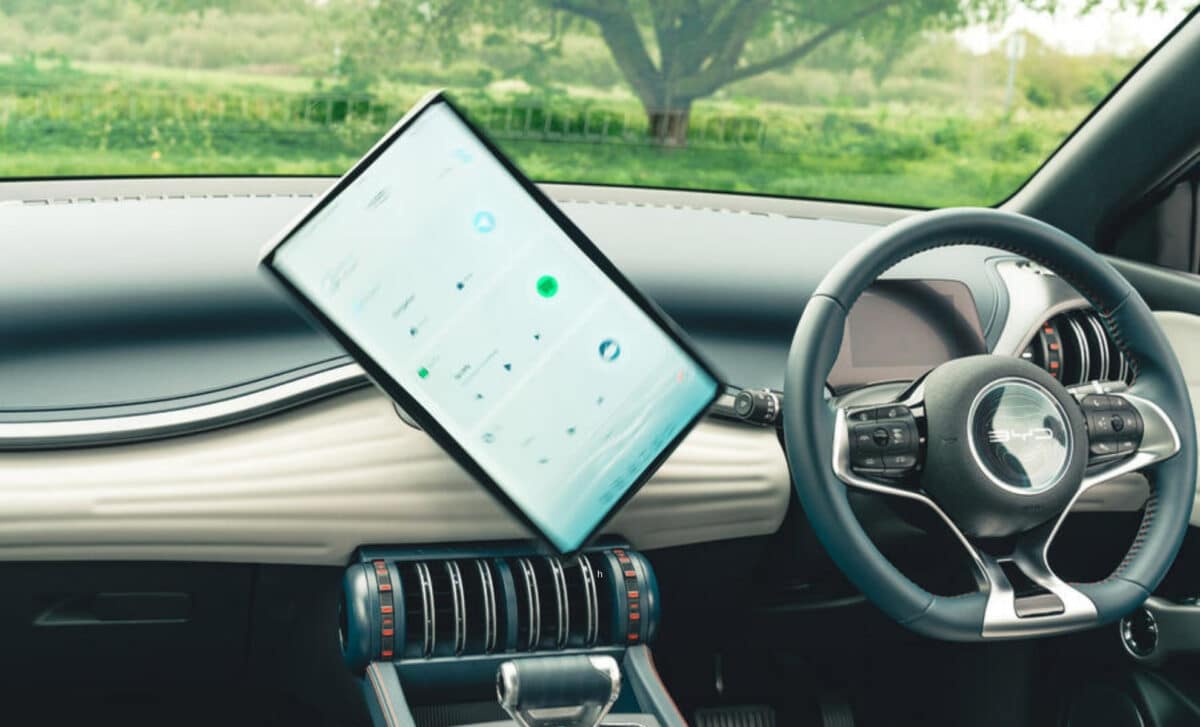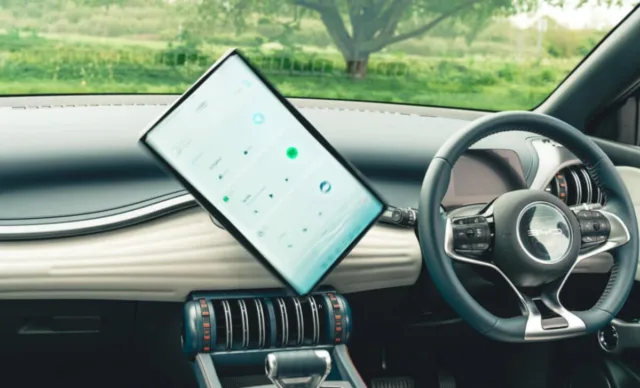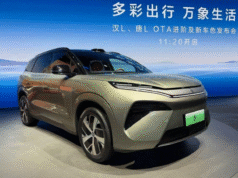Starting with the new Atto 2, BYD’s new models will feature fixed, landscape-oriented screens, eliminating the rotating gimmick that once set the brand apart.
This decision marks the end of an era for BYD, which made waves when it introduced the rotating screen in its vehicles. Aimed at offering a unique and adaptable interface, the feature allowed drivers to switch between portrait and landscape modes.
However, as the company moves toward deeper collaboration with tech giants like Apple and Google, the rotating screen has proven more of a hindrance than a help. By simplifying the interface, BYD aims to enhance the user experience while focusing on more practical technology solutions.
Rotating Screens: A Gimmick That Didn’t Stick
When BYD first introduced its rotating infotainment screen, it was hailed as a bold and innovative move. The ability to adjust the screen orientation to either portrait or landscape mode was seen as a feature that set the brand apart in a crowded market. While the technology caught the eye of many, it quickly became clear that it wasn’t as revolutionary as expected. According to BYD’s vice president, Stella Li, customer feedback revealed that while drivers liked the novelty of the rotating screen, its actual use was minimal, reports Carscoops.
The rotating display was particularly challenging for apps like Apple CarPlay and Android Auto, which are designed to function only in landscape mode. As a result, users found it frustrating to use essential apps in portrait orientation.
This practical limitation, combined with the underwhelming use of the feature, prompted BYD to reassess its value. As the company moves forward, the new Atto 2 will be the first model to feature a fixed screen, with plans to implement the same change across other models in the future.

The Shift Towards Simpler, More Integrated Tech
BYD’s decision to phase out the rotating screens reflects a broader trend in the automotive industry towards simpler, more user-friendly technology. While the rotating screen initially offered a futuristic appeal, its limitations became clear as consumers’ expectations for seamless connectivity and practicality grew. The shift to a fixed landscape display is not just about removing a gimmick, but also about enhancing the overall user experience.
By locking the screen in landscape mode, BYD aims to eliminate interface compromises and improve the integration of apps like Apple CarPlay and Android Auto. This change will allow for a smoother, more consistent experience for users who expect their car’s infotainment system to be as intuitive and reliable as their smartphones.
According to Li, this move will also help BYD strengthen its partnerships with major tech companies and ensure that future vehicles are better equipped to meet consumer demands for advanced, connected car technology.
Impact on BYD’s Global Strategy
While the decision to eliminate the rotating screens might seem like a small technical adjustment, it signals a larger strategic shift for BYD as it seeks to expand its global footprint. The company is ramping up its efforts in Europe, aiming to significantly increase its retail presence by 2026. According to Li, the simplification of in-car tech is part of a broader strategy to make BYD’s vehicles more accessible and appealing to a wider audience.
This shift aligns with BYD’s vision of offering vehicles that not only stand out in terms of design but also excel in functionality. As the company pushes ahead with its global ambitions, simplifying the tech interface will likely help BYD streamline its product offerings, making them more competitive in established markets like Europe, where consumer preferences lean heavily toward practical and efficient technology.








